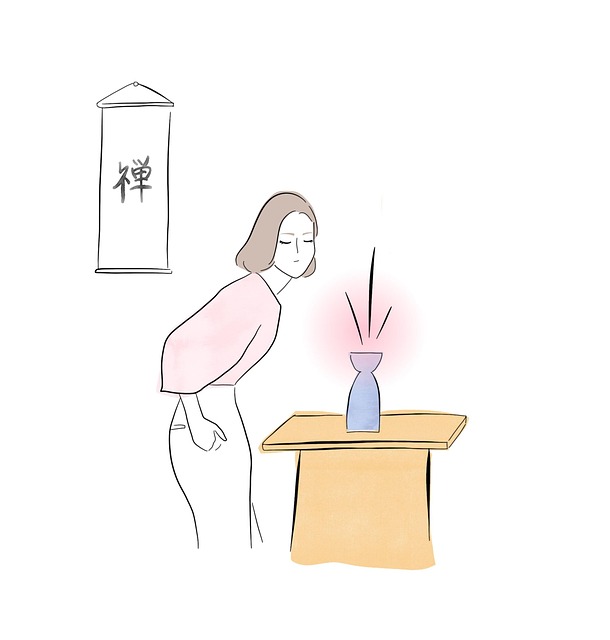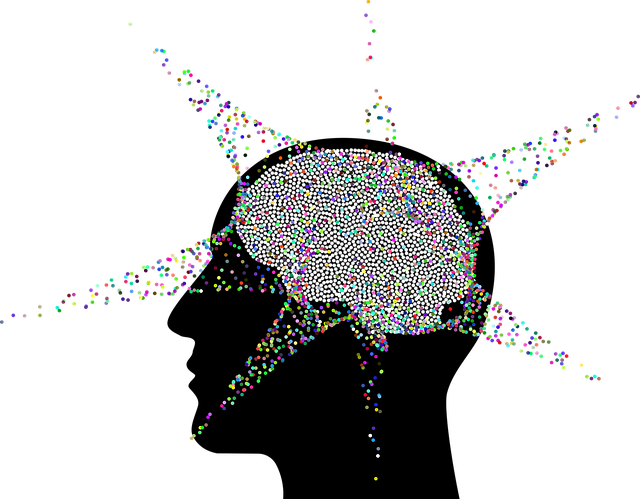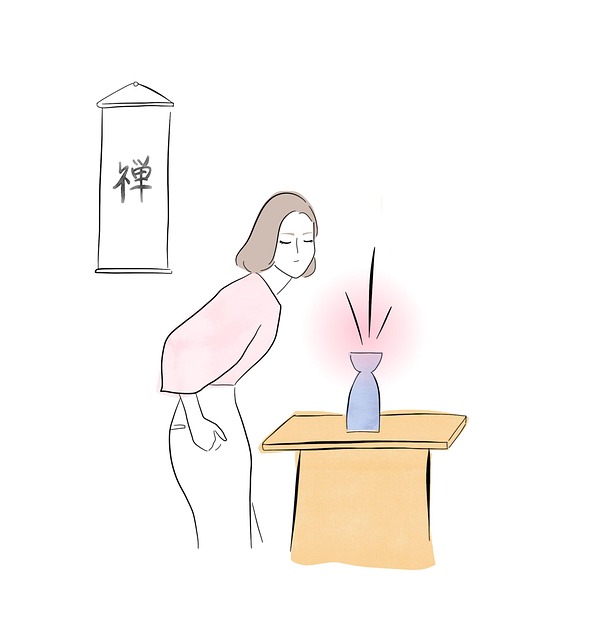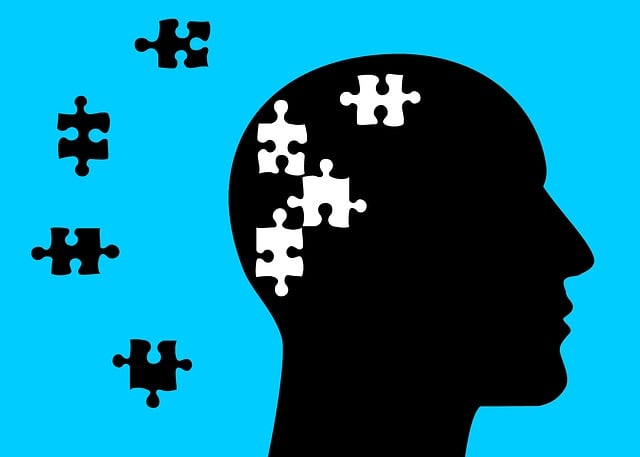Evaluating mental wellness programs, like Aurora Somatic Experiencing Therapy (ASET), requires both quantitative data (surveys, tests) for measurable outcomes and qualitative feedback from participants to understand their personal experiences. This dual approach ensures a holistic view of the program's impact, supports "mind over matter" principles, and enhances participant confidence in their well-being journey. ASET, focusing on trauma healing and stress reduction, uses open communication to tailor treatments, improve content, and build trust, facilitating accurate risk assessment and cultural competency. Integrating participant feedback ensures ASET evolves to meet contemporary needs, fostering lasting positive outcomes.
Mental wellness programs are increasingly vital for overall health, and proper evaluation methods are crucial to ensure their effectiveness. This article explores two key aspects: Assessing Impact through quantitative and qualitative techniques, and The Role of Participant Feedback in enhancing program quality. Additionally, it delves into Measuring Success with Aurora Somatic Experiencing Therapy (ASET), highlighting its long-term effects and continuous improvement strategies. By integrating these evaluation methods, mental wellness programs can optimize their benefits.
- Assessing the Impact: Quantitative and Qualitative Evaluation Techniques
- The Role of Participant Feedback in Mental Wellness Programs
- Measuring Success: Long-term Effects and Continuous Improvement with Aurora Somatic Experiencing Therapy (ASET)
Assessing the Impact: Quantitative and Qualitative Evaluation Techniques

Evaluating the impact of mental wellness programs is a multifaceted process that incorporates both quantitative and qualitative techniques. Quantitative methods involve statistical analysis of data collected from surveys, tests, and other measurable outcomes to gauge improvements in mental health symptoms. For instance, tracking changes in anxiety or depression scores over time can provide concrete evidence of a program’s effectiveness. In the context of Aurora Somatic Experiencing Therapy (ASET), quantitative assessments might include pre-and-post-program surveys to measure participants’ perceived stress levels and overall well-being.
Qualitative methods, on the other hand, delve deeper into individuals’ experiences and perspectives through techniques like interviews, focus groups, and open-ended feedback forms. These approaches capture nuanced insights into how the program resonates with participants, what aspects contribute to their mental wellness, and any challenges faced during or after the therapy sessions. By combining quantitative and qualitative evaluation techniques, mental wellness programs can gain a comprehensive understanding of their impact, aligning with mind over matter principles and boosting participant confidence in their journey towards improved well-being.
The Role of Participant Feedback in Mental Wellness Programs

Participant feedback is a vital component of evaluating mental wellness programs, offering insights that can significantly enhance their effectiveness and adaptability. In programs like Aurora Somatic Experiencing Therapy (ASET), which focuses on trauma healing and stress reduction through somatic practices, gathering feedback from participants is essential for tailoring treatments to individual needs. By encouraging open communication, professionals can understand the impact of these innovative self-care practices on various aspects of mental health.
This feedback loop is crucial not only for improving program content but also for fostering trust between healthcare providers and clients. It enables practitioners to assess risk factors more accurately, especially in diverse populations, ensuring tailored interventions. Moreover, it complements Healthcare Provider Cultural Competency Training by promoting sensitivity to participants’ unique backgrounds and experiences. Integrating participant feedback into the evaluation process creates a dynamic environment where mental wellness programs can evolve, meet contemporary needs, and foster lasting positive outcomes.
Measuring Success: Long-term Effects and Continuous Improvement with Aurora Somatic Experiencing Therapy (ASET)

The true measure of a mental wellness program’s success isn’t just found in immediate outcomes but also in its lasting impact. Aurora Somatic Experiencing Therapy (ASET) exemplifies this, demonstrating that therapeutic interventions can have profound, long-term effects on an individual’s mental health and overall well-being. Through ASET, participants experience a unique approach that integrates body and mind, helping them process traumatic memories and release held tensions. This holistic method not only facilitates short-term relief but also empowers individuals with the tools to maintain their mental wellness over time.
Continuous improvement is a key aspect of ASET’s success. By regularly assessing risk factors for mental health professionals and implementing communication strategies that foster trust and understanding, the program ensures its effectiveness remains robust. The integration of these practices creates a supportive environment, encouraging participants to openly share their experiences and facilitators to adapt techniques as needed. This dynamic approach allows ASET to evolve, catering to the diverse needs of those seeking mental wellness, ensuring its relevance and impact in the ever-changing landscape of therapeutic care.
In evaluating mental wellness programs, a comprehensive approach that combines both quantitative and qualitative methods is essential. Assessing impact through participant feedback and long-term effect studies, as seen with Aurora Somatic Experiencing Therapy (ASET), provides valuable insights into program success. By integrating these evaluation techniques, mental health professionals can ensure the continuous improvement of services, fostering better outcomes for those seeking support.














